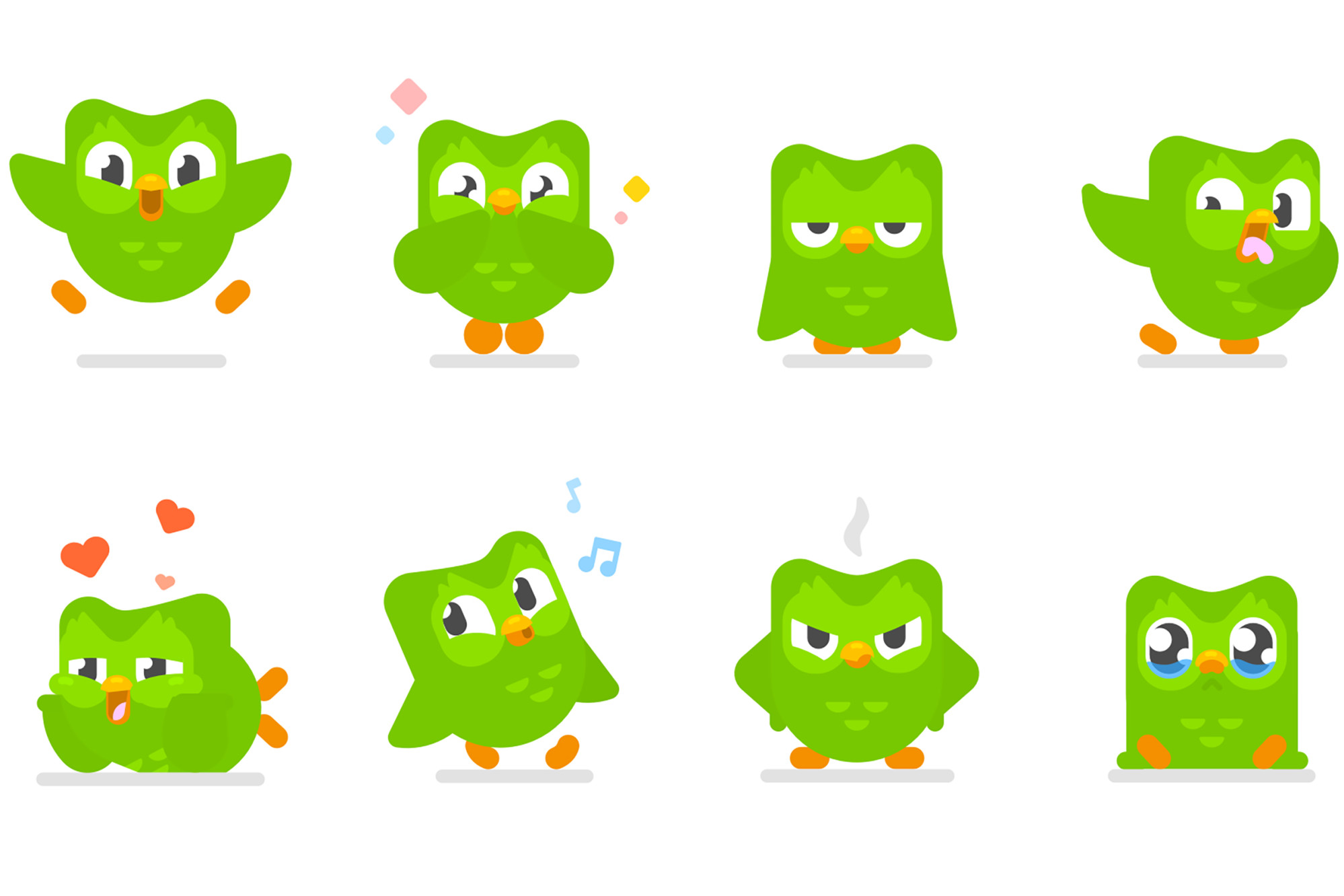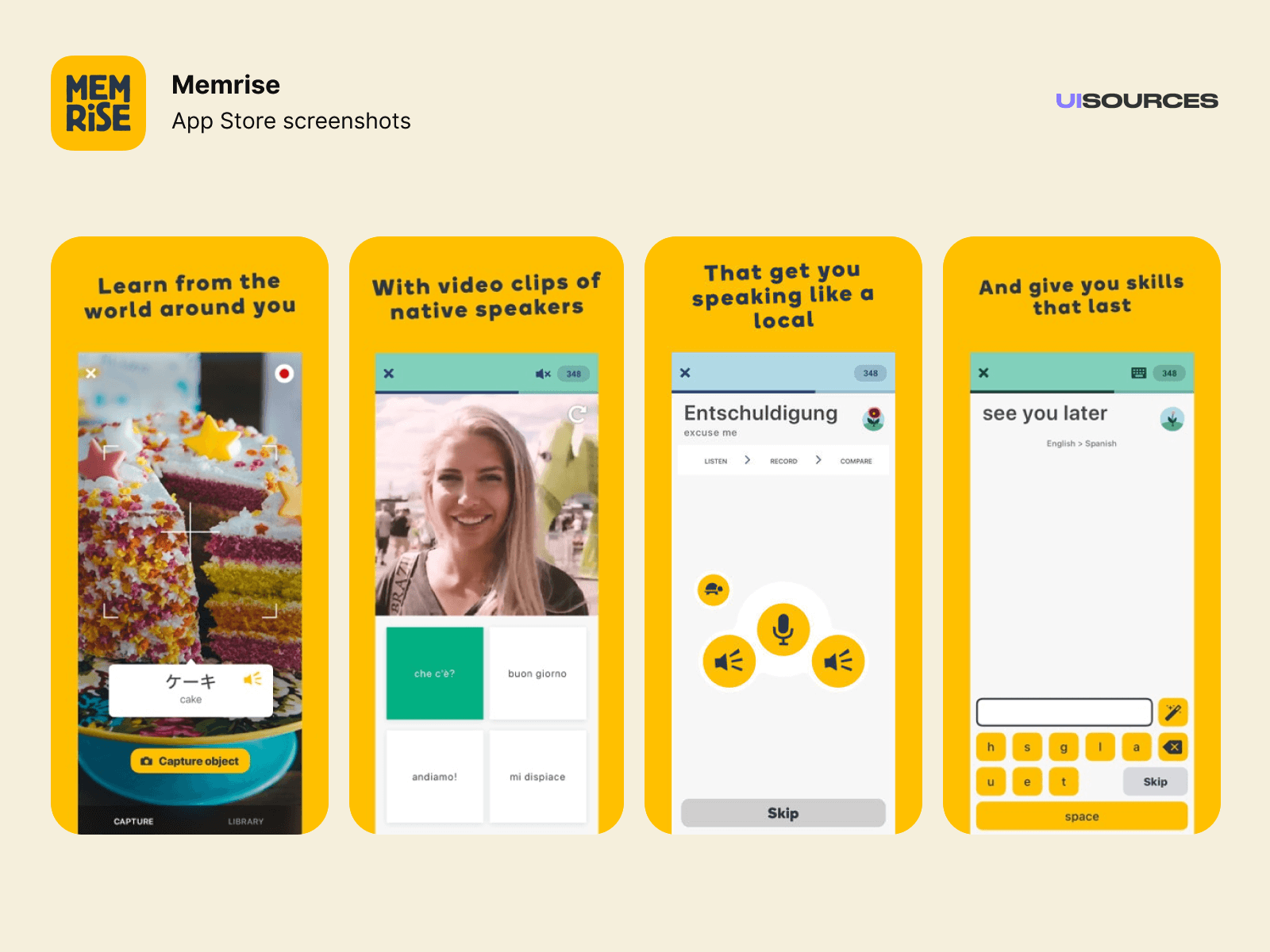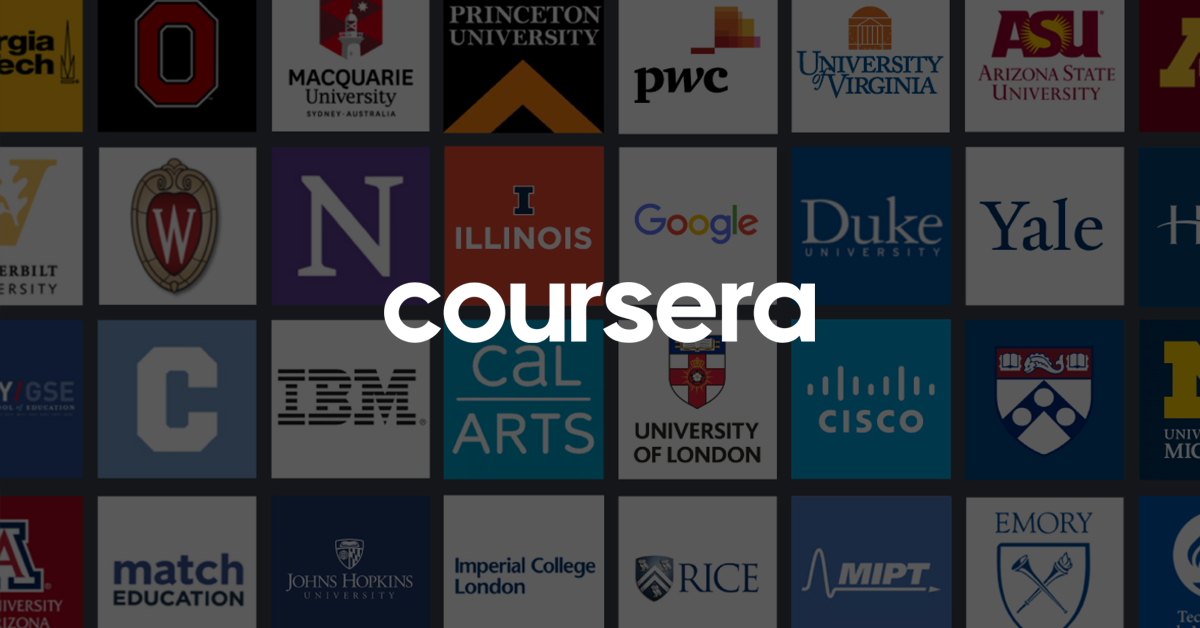Duolingo and FluentU and Babbel
At least 50% off from FlexSub
Subscribe Now
Just because you can't travel around the world doesn't mean you can't learn about it. Many people have been confined to their homes as a result of the coronavirus outbreak, and they are eager to find productive ways to pass the time. One of the best ways to connect with new places and cultures is to learn their native languages, and fortunately, there are many ways to do so without ever leaving your couch.
U.S. News has compiled a list of the best virtual language-learning programmes so you can find one that matches your interests and skill level. Some are designed for memorisation, while others are designed for visual learners. Whatever method you use to learn, your new skills will undoubtedly boost your confidence, brainpower, and memory. You'll be greeting the world with "hola," "ciao," or "ni hao" before you know it.
1.Duolingo

Duolingo is one of the most well-known names in the world of foreign language apps for a reason. The programme, which is available as a mobile app and online, features a diverse language data set and an easy-to-use interface where users can play games, earn coins, and progress to new levels by mastering skills. Each of the 35 available language tracks for English speakers includes a variety of learning activities. (Keep in mind that the app also supports some fictional languages.) Dothraki fans, take note.)
Users must first indicate why they are learning the language (for travel, business, family, etc.) and take a placement exam before they can begin. These indicators aid in the personalisation of lessons. Users can also specify how much time they want to devote to practise so that Duolingo can send push notifications when it's time to practise.
The best part is that these language services are free. Those who want an ad-free learning experience can still pay $6.99 per month for a Duolingo Plus subscription, which also allows for offline downloads and supports free education for those in need.
2. Babbel
While some apps and language programmes teach specific vocabulary, Babbel focuses on teaching useful phrases and keywords to improve everyday conversational skills. The programme is based on the premise that the sooner you can speak, the sooner you'll feel comfortable learning more difficult skills, taking language risks, and asking for help.
Babbel uses speech recognition technology to allow users to practise speaking. In response, they will hear native speakers' voices rather than robotic voices. The use of native accents better prepares users for in-person conversations.
Babbel, like Duolingo, considers users' prior language experience so that they can begin learning at the appropriate level, and the short lessons – which typically last 15 minutes – can easily fit into daily routines. The Babbel option for one month costs $12.95, but there are other deals available for longer learning periods.
3. Busuu

Busuu not only allows you to practise a new language on your own, but it also connects you with native speakers who can edit and provide feedback on your work. This interpersonal aspect makes Busuu an appealing option for those who want to converse like a local. Users can also set weekly practise goals, take practise quizzes, and enrol in travel courses to prepare for upcoming trips.
Despite the fact that Busuu only offers 12 language options, there are over 1,000 lessons available, and the software provides personalised study plans based on the user's skills and goals. When users are confident in their language skills, they can take an end-level test through the app and earn a McGraw-Hill Education language certification.
Users can access Busuu online or download the app on their mobile devices for free, but to enjoy many of the aforementioned features, they must pay 9.99 euros (about $11) per month for the three-month Busuu Premium plan or 11.66 euros (less than $13) per month for the three-month Busuu Premium Plus plan. Discounts are available for purchasing 12 or 24 months in advance.
4. Memrise

Memrise focuses on having fun. Rather than relying on simple flashcard memorisation, the programme makes use of audio, imagery, and eye-catching graphics to keep users engaged.
Lessons are designed in more than 20 languages by in-house linguists, and questions come in a variety of formats. Additionally, the site provides videos of native speakers in their native environments, allowing users to listen while taking in the scenery of a relevant area. Memrise is also engaging: If you discover a specific trick (mnemonic or otherwise) that works for you, you are encouraged to share it with other Memrise users, resulting in an interpersonal online environment where real-life hacks assist people in learning new languages.
While Memrise is free to use, the company also offers Memrise Pro, which allows for more personalised lessons and difficult word lists. Rates for Memrise Pro vary depending on subscription (monthly, annual, and lifetime plans are available), but most plans will cost $6.67 or $8.99 per month. The lifetime option has a one-time fee of $119.99 rather than a monthly fee.
5. Rosetta Stone
Rosetta Stone is a household name in language-learning programmes, and it is widely used to teach new languages by businesses and organisations. It is, however, an excellent option for those attempting to learn at home on their own.
A free seven-day trial will allow you to explore a world of unique education techniques in 24 languages, such as recorded conversations, pronunciation guides, scavenger hunt-style practises, and personalised lessons. Following the free trial, pricing is determined by the length of the package. A three-month package costs $11.99 per month, while a yearlong package costs $7.99 per month. For $5.99 per month, you can get unlimited language access for 24 months. Meanwhile, paying a one-time fee of $199 grants you lifetime access.
Students in elementary, middle, and high school are eligible to enrol for free in a three-month package. Users can access Rosetta Stone's language programmes via desktop devices as well as the app, which is available for free download to Apple, Android, and Kindle Fire devices.
6. Coursera

Coursera, an online learning platform, offers an excellent selection of language courses for users of all levels, in addition to a plethora of courses across all subjects.
Courses have specific goals, such as teaching beginners how to write Chinese characters, speaking Spanish in healthcare settings, writing professional emails in English, and learning Brazilian Portuguese with an emphasis on intercultural acceptance. The platform connects users with programmes and resources from prestigious universities all over the world, ensuring that the material is tried and true.
Coursera's basic enrolment is free, but some courses require a fee. Fee-based courses lasting four to six weeks begin at $39.
7. Drops

Drops foregoes traditional memorisation techniques in favour of a novel, visual method that keeps users engaged. The language games in the app are fast-paced and focus on picture/word association rather than translation. Furthermore, the programme has a daily time limit of five minutes, which users say makes practise time more exciting and easy to fit into a daily routine.
Drops is an excellent choice for people of all ages. It has a Droplets programme for kids and a Scripts app for learning new alphabets. Drops is now offering a new option for educators to enrol up to 50 students in a virtual language class in response to the coronavirus outbreak.
The more than 35 language options Drops offers are free on both Apple and Android devices. More serious students can pay $9.99 for a premium one-month subscription that includes unlimited playtime, listening tests, offline access, and an ad-free experience. There are also extended packages with lower monthly rates available.
8. Udemy

Udemy provides a mix of free and paid language classes that are tailored to the needs of its users. Instead of basic English classes, Udemy provides classes in business English, English pronunciation, and English grammar. The programme even includes sign language classes.
Online lectures, slideshows, videos, quizzes, assignments, and tests are all available in classes. The courses have no deadlines, so participants can take their time and work at their own pace.
Once users have mastered their chosen language, they can enrol in other Udemy classes taught in different languages, such as entrepreneurship. Each fee-based class costs a minimum of $19.99. Users can choose to preview a class before purchasing it. Those who have already purchased a course but do not find it useful may request a refund within 30 days.
Duolingo and FluentU and Babbel
At least 50% off from FlexSub
Better, flexible and cheaper subscriptions for a wide range of services in just a click of a button.
Get started now
